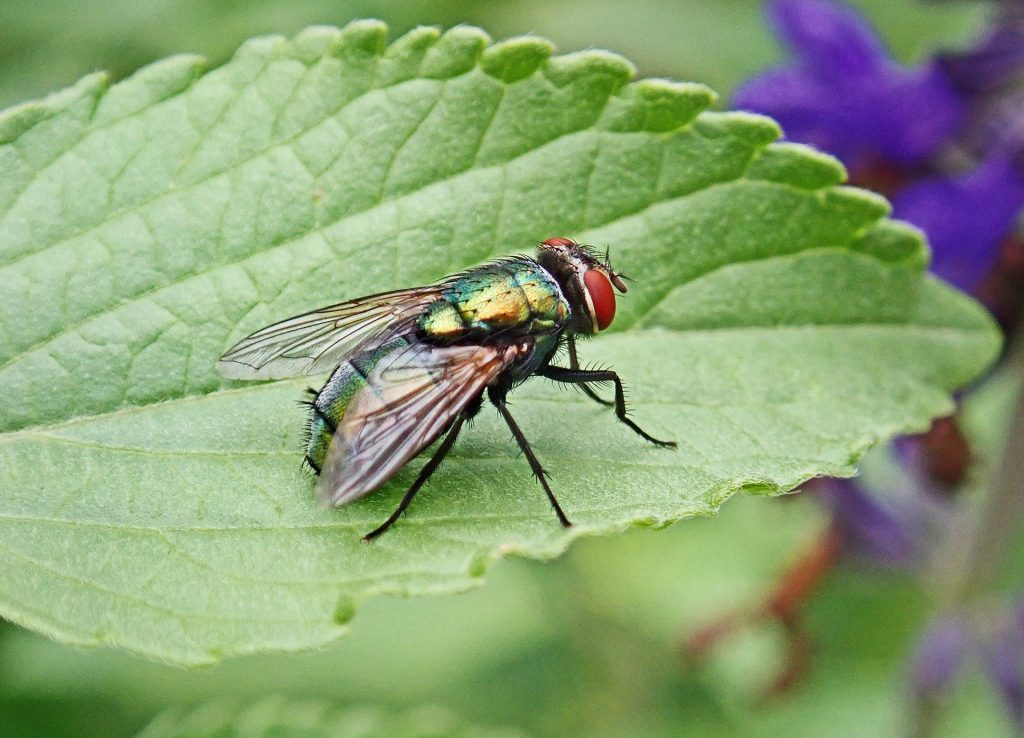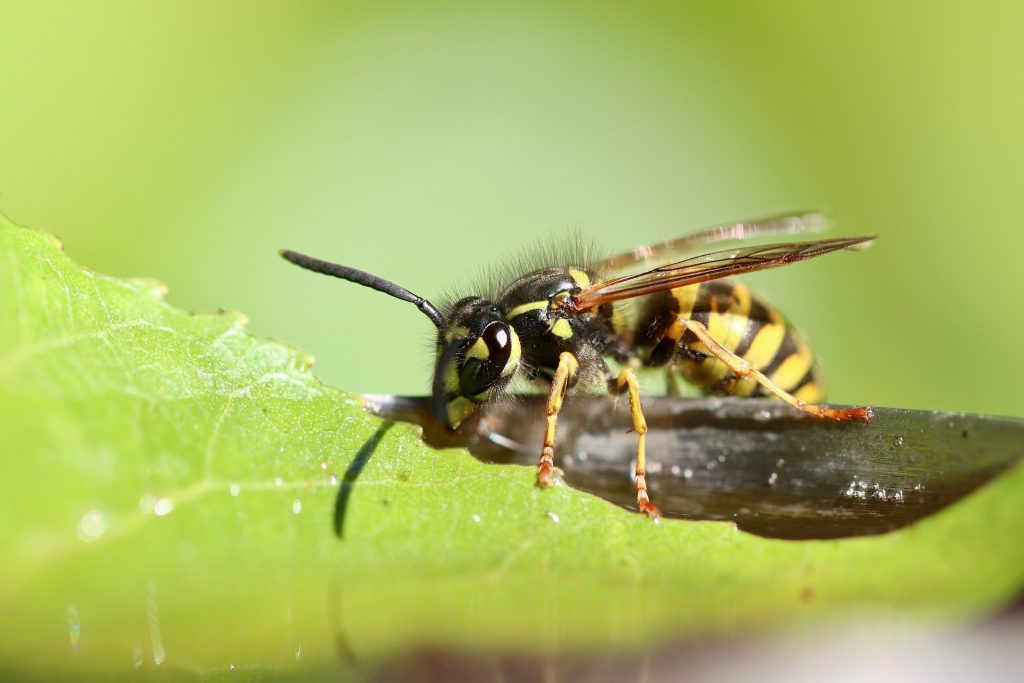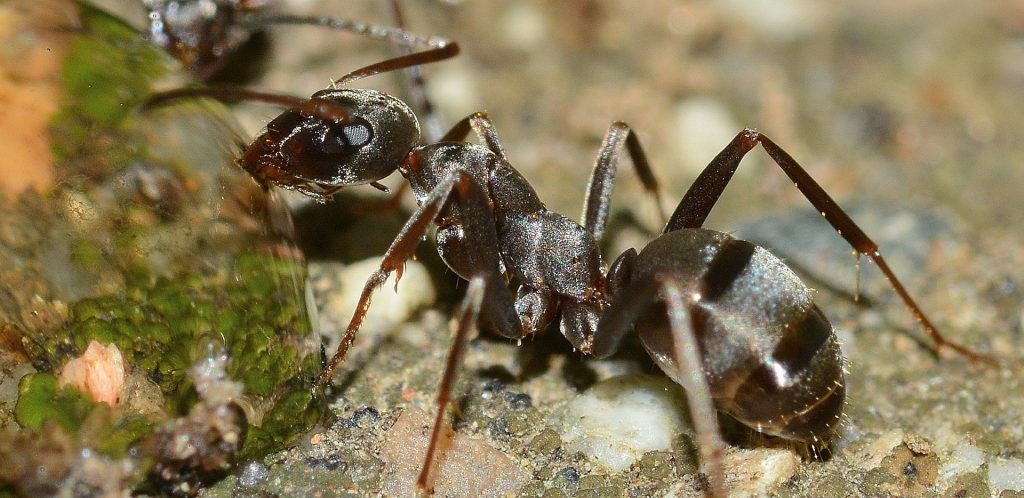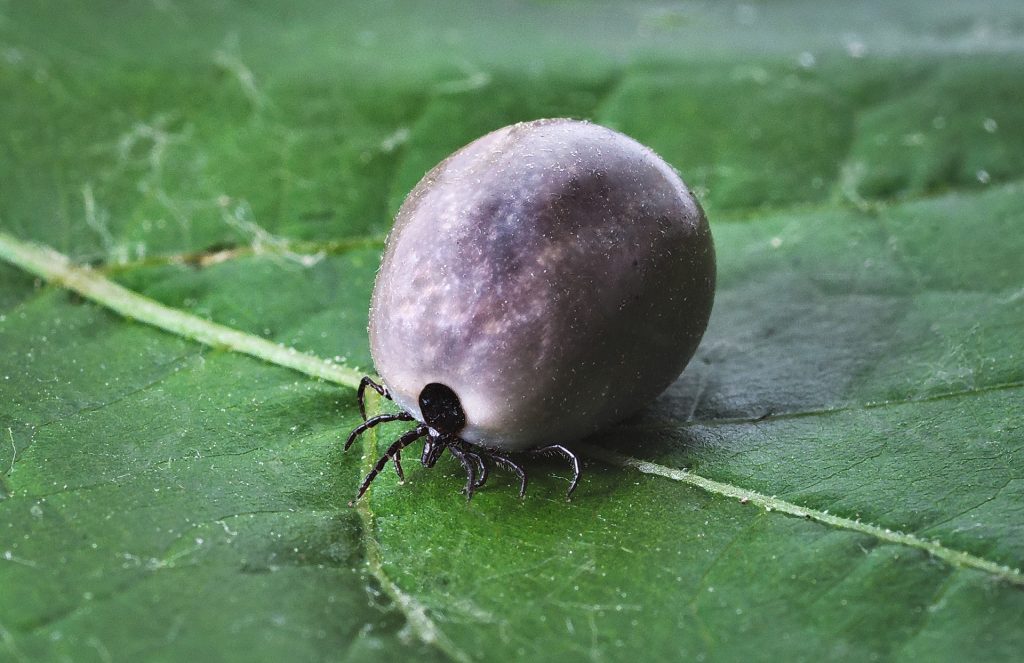The only thing we hate about summer is pests.
As soon as the temperature becomes cozy outside, the population of summer bugs and insects begins skyrocketing exponentially. This is because insects are generally cold-blooded. They and their eggs remain in a resting phase in winter.
As soon as spring arrives, they enter an active stage of their life cycle. They start growing and, soon, they become fully grown adults, ready to breed. Their eggs may, however, become dormant until next summer.
The most annoying problem with summer bugs is that their growth is unpredictable. Before you take action to control a seemingly small infestation, they might invade your house to an extent that you will have to seek professional help, which could cost you significantly.
The only way you can stop this is to get a basic understanding of how and why they invade your home. This could be useful in preventing breeding and growth.
For this post, we discuss briefly the most common summer bugs you’ll find in and around your home, and how they multiply. Hopefully, this will help you deal with them before they become a menace.
Common Summer Bugs and Insects to Watch Out For
Mosquitoes
Mosquitoes and no see ums are just 2 of the biggest troublemakers during summer periods.
Not just their bites, but their constant buzzing is a major problem for everyone. They are usually at the peak of their activity in June, but they do lay their eggs much before that.
Mosquitoes, like all other summer bugs, require a hot and humid climate to breed. They usually lay their eggs in stagnant water. So, the best way to eliminate them is to get rid of any form of still water (usually stored in open objects) lying around or near the home.
When we say any stagnant water, we do mean those small holes in your outdoor furniture and those small-sized pits in your backyard that can retain enough moisture to let these pesky summer insects lay their eggs. This seems easy but it is rather difficult to identify such spots. But, if you want to avoid these summer pests, it’s important to take action.
Be warned, some mosquitoes are by no means harmless. Their bites can cause itchy bumps, which can cause skin irritation and pain.
What’s worse, some mosquitoes are known as carriers of harmful diseases, including yellow fever, zika virus, west nile virus, malaria, dengue, and much more.

Houseflies
As their name states, these summer bugs invade your house and sit on your meals. This might sound like a small thing, but if you’re aware of how unsanitary and gross flies are, you’d be concerned about tolerating these summer pests in your home.
Plus, they transmit bacteria that causes diseases, some of which may have been stuck to their legs or body.
Researchers have found that this tiny summer insect is a carrier of more than 100 pathogens that can cause many life-threatening diseases including Gastroenteritis, Salmonellosis, Cholera, Typhoid fever, etc. (1)
These types of summer bugs in house have a very high reproduction rate, so, if left untreated, within just a few days, you could have a home swarming with houseflies.
They don’t bite, but do flock to kitchen areas to grope for their next meal.
Houseflies aren’t only difficult to get rid of at times, and unless you have a bug-proof house, they will find an entrance.
To prevent rapid growth of houseflies, wipe frequently used surfaces with disinfectant, clear garbage containers daily, or at least keep closed, and properly discard leftover food (should never be left opened).
When you keep your house clean, you’ll significantly reduce a housefly infestation, and they won’t become those super annoying summer pests.
By the way, a sturdy fly swatter is a great and fun tool to haul around during summer.

Wasps, Bees, and Other Stinging Insects
Spring is the mating season of almost all types of stinging insects, which is why they are found in large numbers during summer. They often build nests in areas close to an abundance of food.
Although bees, wasps, and other stinging insects can be extremely helpful for the environment, their bites are often painful and dangerous. Data released by the CDC states that the number of deaths from wasp, bee, and hornet bites has increased in the past few years. In 2001, the reported deaths were 43 per year whereas, in 2017, 89 people lost their lives after being stung by these insects.
Since these summer bugs are beneficial for the environment, it’s best not to kill them, unless you and your family are threatened. A better option is to hire a professional pest control company to handle the matter.

Ants
We all have heard the ‘ant and the grasshopper’ story in our childhood. Ants hibernate during the cold weather and come out looking for food in summer. Since they have to collect a lot of food for the fall, their activity is at its peak during the warm weather.
Usually, they live outdoors but do invade homes in search of food and some relaxation from the heat. Common types of ants you may encounter pacing back and forth in your home are:
- pavement ants
- sugar ants
- carpenter ants
None of these are dangerous, but they do bite. The sugar ants are, however, known for carrying bacteria on their legs and body, which can get transferred on to your food. Keeping your kitchen (and home) clean is the safest way to get rid of these summer bugs in house.
If ants have already invaded your house, you can follow their trail and seal the entry point.

Fleas and Ticks
These blood-sucking summer insects are major concerns for people who have pets, especially dogs, who often frolic among green shrubs and pasture during summer.
Fleas and ticks tend to attach themselves to your furry friend’s skin and leave behind itching and rashes after feeding. If they can’t get access to your pets, you and your family will become their 3-course meal.
These summer bugs also transmit life-threatening bacteria and viruses, so it’s important to take caution, especially when traveling through forest areas. Always have a tick repellent on hand, whether natural or synthetic.
The CDC states that around 47,500 cases of tick-borne diseases were reported in 2018. Some of the diseases they spread are Lyme Disease, Anaplasmosis, Tularemia, Powassan virus, Babesiosis, etc.
Should these summer insects invade your home, you’ll need to work doubly hard to protect your pets and family.
Does this end the list of summer bugs? Not at all! Be on the look out for common summer insects like:
- Cockroaches
- Termites
- Grasshoppers and others.
- Rats and Mice
The best defense against most summer bugs in house is to clean as often as you possibly can. Summer insects like house flies and ants thrive when you leave food scraps and garbage behind, so keep these in their proper place.
Share the Love
If you’ve enjoyed reading this article about common summer bugs and found it beneficial to your situation, don’t forget to share.
Sharing our content with friends and family helps to keep the lights going so that we can continue to help you deal with simple and serious pest problems at home. As usual, we welcome any questions you may have. Please make use of the comments section below.






